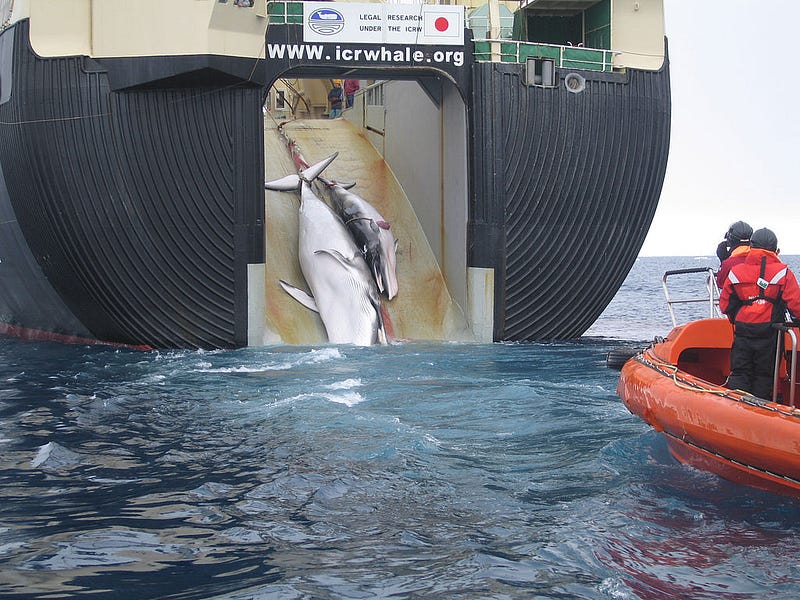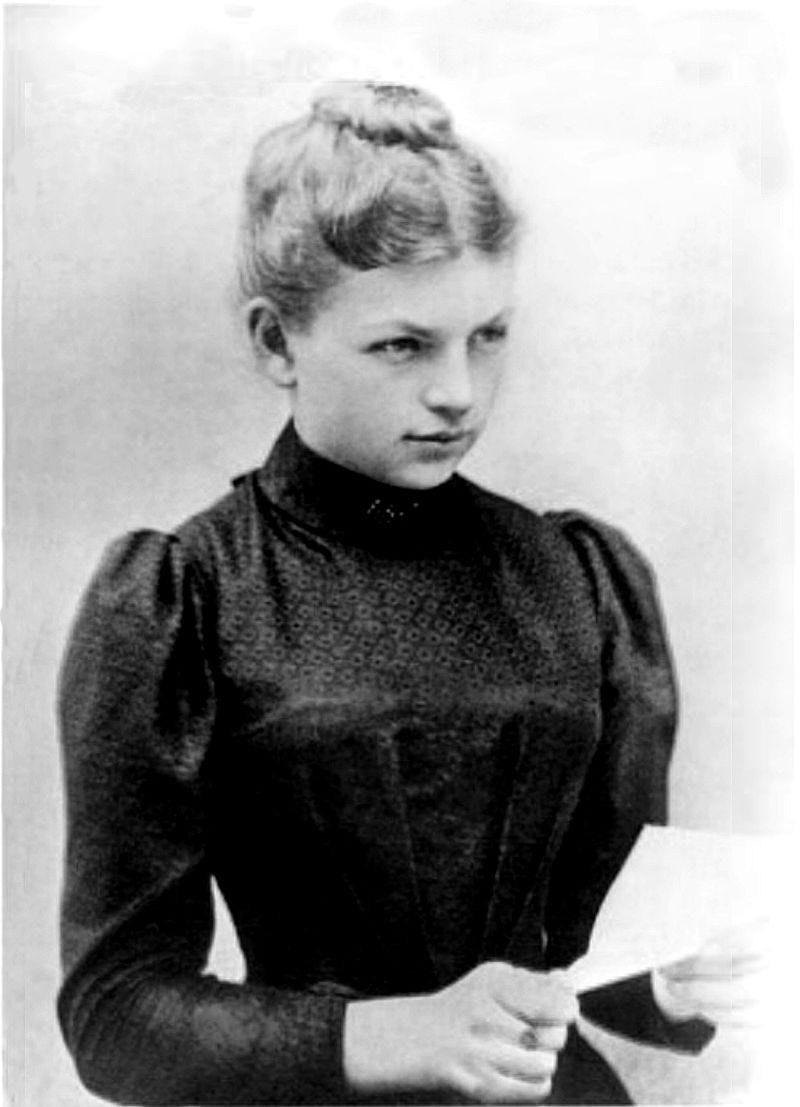# The Era When Guano Dominated Global Resources
Written on
Chapter 1: The Rise of Guano in the 19th Century
In today’s world, oil reigns supreme, influencing wars and economies alike, dominating media discussions. However, just 150 years ago, oil held little significance. Instead, the fierce competition was for a rather unexpected resource: guano, the excrement of bats and seabirds, notably from species such as pelicans and the Guanay cormorant.

The backdrop of this guano frenzy was the Industrial Revolution, which spurred rapid population growth in the US and Europe. This surge in population created a pressing demand for food, stretching agricultural methods to their limits. Over a century of intensive farming had depleted the soil's natural nutrients.
During this period, the understanding of fertilizers was primitive. Although the chemical principles of fertilization were yet to be discovered, farmers had long recognized that adding materials like blood, ash, and manure could enhance plant growth. This practice replenished vital nutrients—nitrogen, phosphorus, and potassium—in the soil.

In the early 1800s, German scientist and explorer Alexander von Humboldt documented guano's fertilizing capabilities while in Peru. Indigenous people had utilized guano for over a millennium, and the Incan Empire had even enacted severe penalties to protect guano-producing birds, marking one of the earliest known forms of environmental conservation. However, the influx of Spanish colonizers had led to a significant decline in the indigenous population, resulting in vast guano deposits being left untouched.
Recognizing the superior quality of Peruvian guano compared to other fertilizers, Humboldt and subsequent European scientists facilitated agreements to transport immense quantities of guano to nations like the UK, the US, Prussia, and the Netherlands. This trade was bolstered by whaling ships that, after selling blubber in Peru, could carry guano back to their home ports.

As Peru nationalized its guano resources, the government used the revenue to eliminate taxes for indigenous communities and finance the emancipation of black slaves, who were primarily employed in the guano mines. Unfortunately, this liberation led to the exploitation of thousands, who were tricked into labor contracts, often under false pretenses, as they were lured by promises of work during the California Gold Rush.
The relentless extraction of guano resulted in dwindling supplies and escalating prices. The situation became dire enough to warrant mention in the 1850 US State of the Union address. Just six years later, the Guano Islands Act was enacted, providing military support and recognition to US citizens who discovered uninhabited islands rich in guano deposits.
European colonial powers also sought to acquire guano-rich territories in the Atlantic and Pacific Oceans. The next time you ponder why nations like Britain or France possess numerous remote, barren islands, consider the likelihood that they were once coveted for their guano.

Regrettably, most guano sourced outside of Peru was of inferior quality due to the wetter climates that degraded its nitrogen content. This monopoly ultimately placed Peru in a precarious position; their economy grew overly reliant on guano exports, making it vulnerable to invasions from both Spain and Chile. By the 1880s, the guano supplies were nearly exhausted.
The impending crisis of depletion raised alarms among scientists, some of whom warned of potential mass starvation. This dire prediction was averted by the groundbreaking work of German scientist Fritz Haber, who, in 1909, discovered a method to isolate ammonia from atmospheric nitrogen. By 1913, the Haber Process enabled the large-scale production of synthetic fertilizers, surpassing guano in efficiency and leading to a fourfold increase in agricultural yields. For this achievement, Haber was awarded the Nobel Prize in Chemistry in 1918.

Despite his friendship with Albert Einstein, who was a pacifist, Haber took a different path. He played a crucial role in developing Germany’s chemical weapons during World War I, transforming fertilizer factories into munitions plants and creating chlorine gas as a weapon. He famously argued that the disdain knights felt for those using firearms echoed the sentiments towards soldiers employing chemical weapons.
Tragically, Haber's personal life was marked by turmoil; his wife, Clara, a notable chemist and pacifist, considered his work barbaric. Their marriage, strained long before the war, ended in her suicide in 1915.

Haber faced significant losses during the post-war hyperinflation and suffered a failed second marriage. Although he initially enjoyed protection from discrimination due to his wartime contributions and conversion to Christianity, he eventually left Germany, passing away in a Swiss hotel in 1934.
Despite his complex legacy, it is undeniable that Haber’s contributions fundamentally changed agriculture. The Haber Process is estimated to be responsible for producing around half of the world's food supply. Today, guano is still utilized in some developing regions and organic farming practices, often sourced from caves rich in bat droppings.